As a teen, your body is constantly growing, moving, and adapting. Between school, sports, and social life, recovery often takes a backseat. But here's a secret: hydration and movement go hand in hand—and foam rolling is one of the easiest ways to boost both. This guide gives you 10 coach-style tips to hydrate better while using a foam roller, with form notes, modifications, and science-backed benefits tailored for teens.
Your muscles are about 75% water. When you're dehydrated, muscle tissue becomes stiff, increasing soreness and injury risk. Foam rolling helps break up tightness and improves blood flow—essentially delivering hydration deeper into your muscles. Think of it like wringing out a dry sponge versus a wet one: movement is smoother when there's fluid.
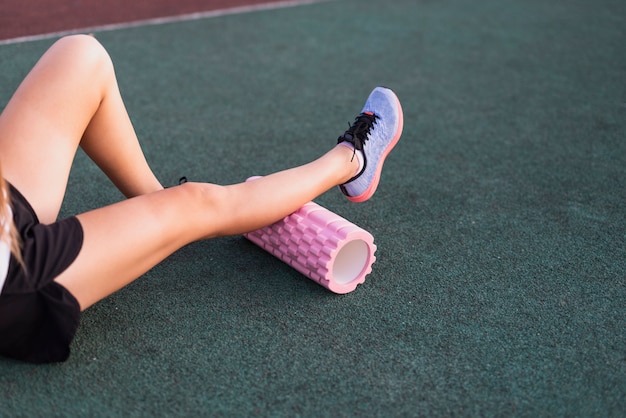
Drink 8–12 oz of water 20–30 minutes before foam rolling. This primes your muscles for better elasticity. Coach tip: Use a marked water bottle to track intake. Dehydrated tissues resist pressure, making rolling painful and less effective.
Timing matters. Wait until after you’ve sipped water to start rolling. This ensures your muscles are primed. Form note: Avoid aggressive rolling on completely dry tissues—it can cause micro-tears.
Target quads, hamstrings, calves, glutes, and upper back. These areas hold tension from sitting, sports, and growth spurts. Modification: Use a softer roller if you're new or sensitive. Spend 30–60 seconds per muscle group.
Controlled breathing increases oxygen delivery and supports hydration at the cellular level. Inhale through the nose, exhale slowly as you roll over tight spots. Coach cue: "Breathe into the tightness"—this signals your nervous system to relax.
After intense activity, replace lost electrolytes with coconut water or a low-sugar sports drink. Follow with foam rolling to help distribute nutrients. Pro tip: Avoid sugary drinks—opt for natural options to support real recovery.
A tennis ball or massage ball can target small areas like feet or shoulders. Great for trigger points. Form note: Don’t over-press—use body weight gently. Ideal after hydrating to avoid bruising.
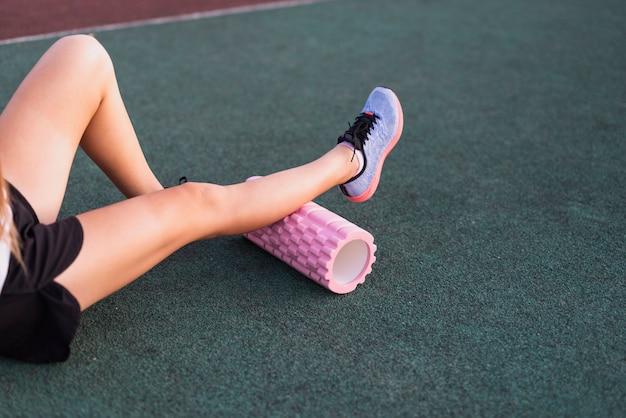
Post-roll hydration helps flush metabolic waste and replenishes fluid lost during tension release. Aim for another 8 oz of water. Coach reminder: Keep a water bottle next to your roller as a visual cue.
After rolling, do light stretches like leg swings or arm circles. Hydrated, loose muscles respond better to movement. Modification: Skip deep static stretches right after rolling—save those for later.
Consistency beats intensity. Roll calves and back for 5 minutes daily—especially after sitting for long periods. Pair with a glass of water. Teen-friendly hack: Roll while watching a show or listening to music.
Use a journal or app to log water intake and how your body feels after rolling. Notice improvements in flexibility, energy, and soreness. Coach insight: Small changes compound—better hydration and rolling today mean fewer injuries tomorrow.
Foam rolling isn’t just for athletes—it’s a recovery tool every teen can use. When paired with smart hydration, it boosts flexibility, reduces soreness, and supports overall well-being. Start small, stay consistent, and listen to your body. Your future self will thank you.
Roll smart. Drink water. Move better.

Wellness

Wellness

Wellness

Wellness

Wellness

Wellness
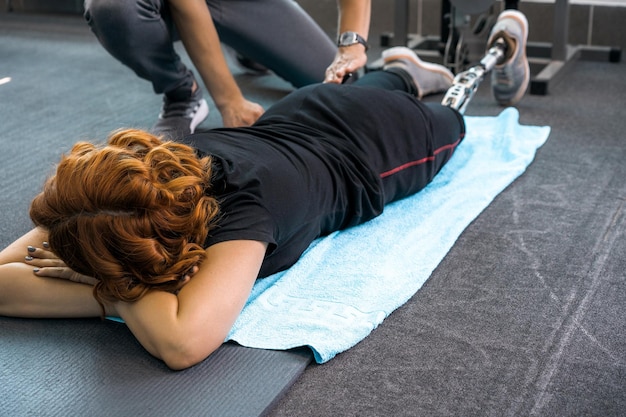
Fitness

Fitness

Fitness

Fitness
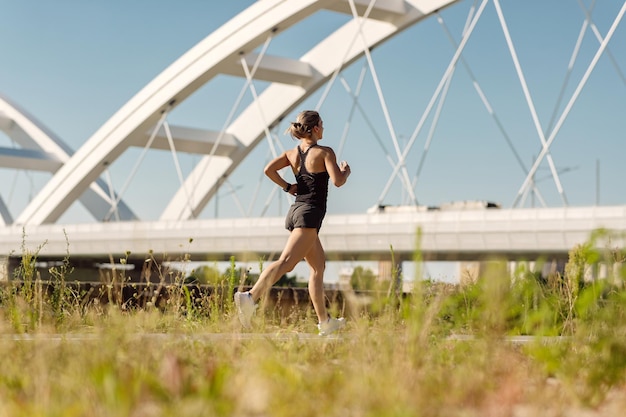
Fitness
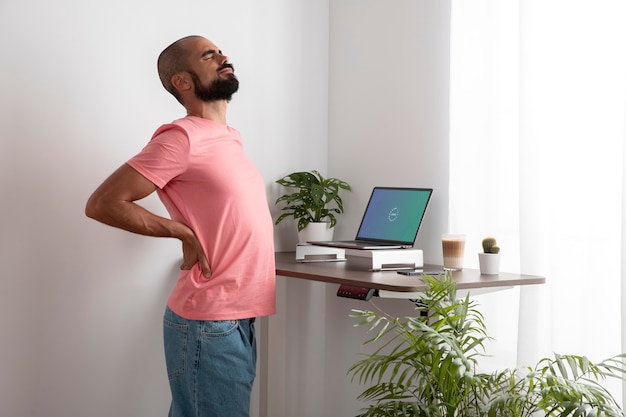
Health

Health

Fitness

Health

Health